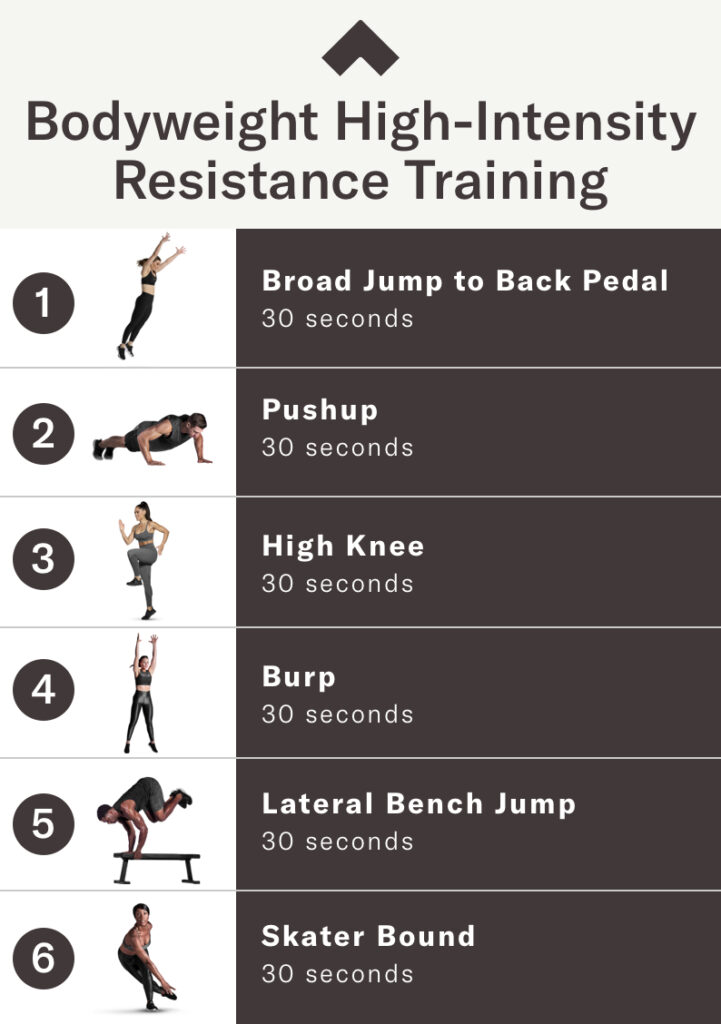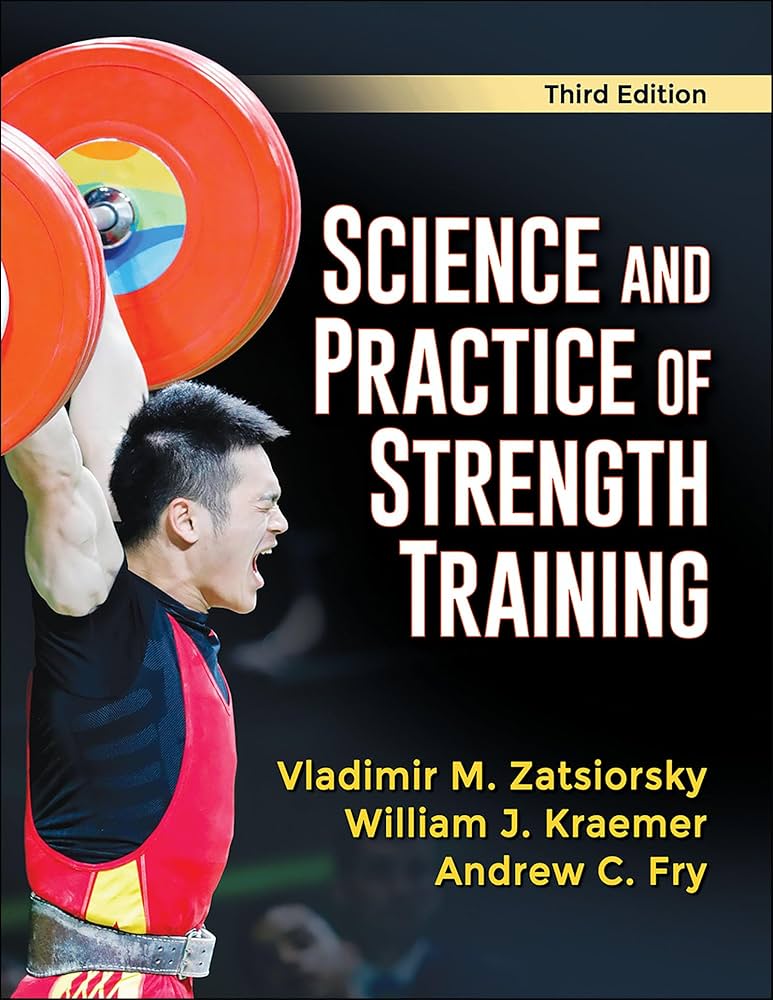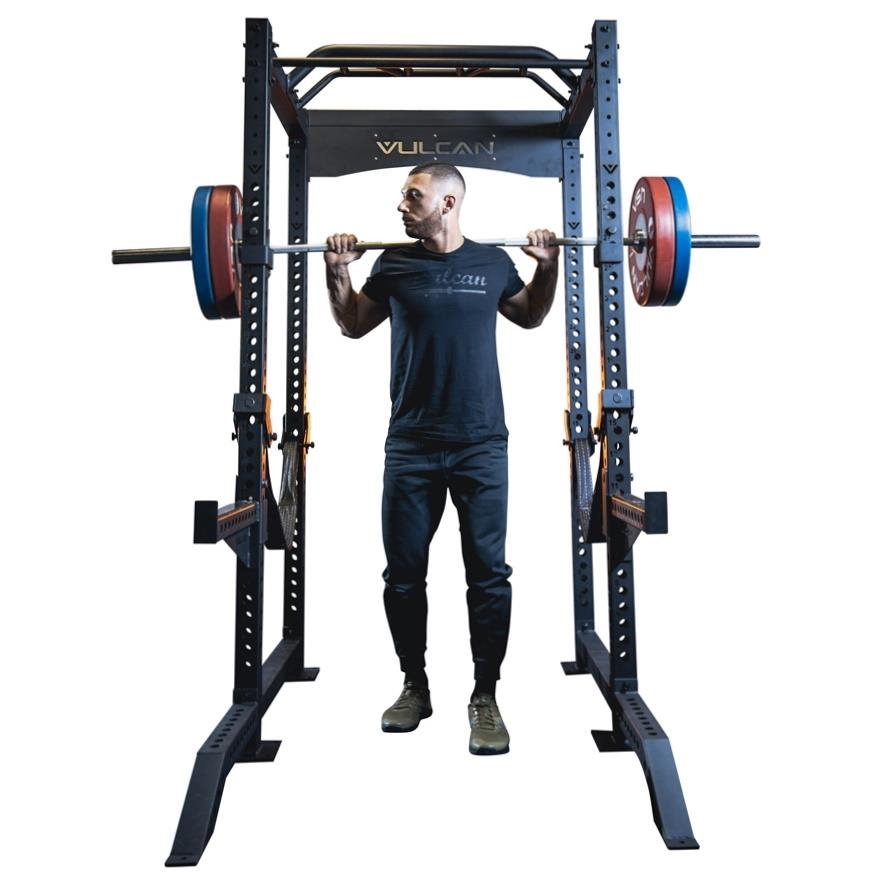Interval Strength Training alternates between high-intensity exercises and rest or low-intensity activities. This method boosts cardiovascular fitness and muscle strength.
Interval Strength Training combines bursts of intense exercise with periods of rest or lower intensity. This approach maximizes workout efficiency by targeting both aerobic and anaerobic systems. Sessions typically include exercises like sprints, squats, and push-ups, performed in short, intense bursts.
This type of training increases heart rate, burns calories, and builds muscle in a shorter time. It’s suitable for all fitness levels and can be tailored to individual goals. Regular practice improves endurance, strength, and overall fitness. Interval Strength Training is a dynamic way to achieve faster results compared to traditional steady-state workouts.

Credit: www.fix.com
Introduction To Interval Strength Training
Interval strength training combines short bursts of intense exercise with rest periods. This approach helps boost your fitness levels quickly. Many people love it because it is efficient and effective. You can complete a full workout in less time than traditional methods. The variety keeps workouts interesting. This style of training has gained popularity among fitness enthusiasts worldwide. It can be tailored to any fitness level, making it accessible to everyone.
Interval strength training improves cardiovascular health. It also boosts metabolism and helps burn more calories. This type of training builds muscle strength and endurance. It also enhances your overall athletic performance. You will notice an increase in energy levels. It is also great for mental health as it can reduce stress. This makes it a well-rounded workout choice for many people.
The Science Behind The Workout
Interval strength training involves short bursts of intense effort. These bursts are followed by rest periods. This type of workout increases your heart rate quickly. It helps to burn more calories in a short time. Muscles become stronger and more flexible. The body’s metabolism gets a boost even after the workout ends. This means you keep burning calories for longer.
Steady-state training involves a constant pace for a long time. Interval training burns more calories in less time. It also improves heart health faster. Muscles get a better workout with interval training. Steady-state training is easier on the joints. Both types of workouts are good for health. Each has its own benefits.
Essential Components Of Interval Strength Training
Interval strength training includes periods of hard work and short rest. The work periods make you stronger and fitter. Rest periods help your body recover. This balance is key to improving performance. The length of work and rest periods can vary. Shorter rest periods make the workout harder. Longer rest periods give more recovery time.
Different exercises can be used in interval strength training. Squats and lunges work the legs. Push-ups and pull-ups strengthen the upper body. Planks and crunches help the core. Using a mix of these exercises targets different muscle groups. This approach builds overall strength and endurance.
Designing Your Interval Strength Program
Interval strength training combines high-intensity exercises with strength-building moves, boosting endurance and muscle power. This dynamic approach enhances cardiovascular health and promotes overall fitness.
Establishing Goals And Intensity
Set clear goals for your training. Decide if you want to build muscle or burn fat. Choose your intensity level wisely. High intensity helps in quick results. Low intensity is safer for beginners. Balance your goals with your current fitness level.
Crafting A Balanced Routine
A balanced routine includes both strength and cardio exercises. Mix short bursts of high intensity with rest periods. Use weights for strength training. Jumping jacks or sprints work well for cardio. Ensure you target all major muscle groups. Rest is crucial to avoid injuries.
Equipment And Space Considerations
At-home training offers convenience and flexibility. You need to find a space in your home. A small room or garage can work well. Ensure there’s enough room for movement. Gyms provide a variety of equipment. This includes weights, machines, and mats. You also have access to trainers and classes. Both options have their benefits.
Essential gear includes a good pair of sneakers. They should offer support and comfort. Dumbbells are versatile and useful. Resistance bands are great for strength training. A yoga mat provides comfort during floor exercises. Water bottles help you stay hydrated. Consider a towel for wiping sweat. Choose gear based on your needs and goals.
Common Mistakes To Avoid
Overtraining can lead to injuries and fatigue. Your body needs rest to recover. Without rest, muscles can’t repair and grow. It’s important to listen to your body. Taking breaks helps you avoid burnout.
Using poor form can cause injuries. Always focus on your technique. Proper form ensures you target the right muscles. It also prevents strain on joints. Watching videos or getting a coach can help. Practicing good form improves your results.
Nutrition And Recovery Strategies
Interval strength training combines bursts of high-intensity exercise with periods of rest. This method boosts endurance and muscle strength efficiently. Proper nutrition and recovery strategies enhance performance and reduce injury risk.
Fueling For Performance
Eating the right foods before and after training is essential. Carbohydrates give you energy for workouts. Protein helps build and repair muscles. Hydration is very important. Drink water before, during, and after exercise. Avoid sugary drinks. They can make you feel tired.
Optimizing Muscle Repair
Rest is key to muscle recovery. Sleep at least 8 hours each night. Stretching helps reduce muscle soreness. Light exercise can also help. Eat foods rich in protein and vitamins. These include chicken, fish, and leafy greens. Massage can help your muscles relax. Use ice packs to reduce swelling. Stay consistent with your recovery routine.
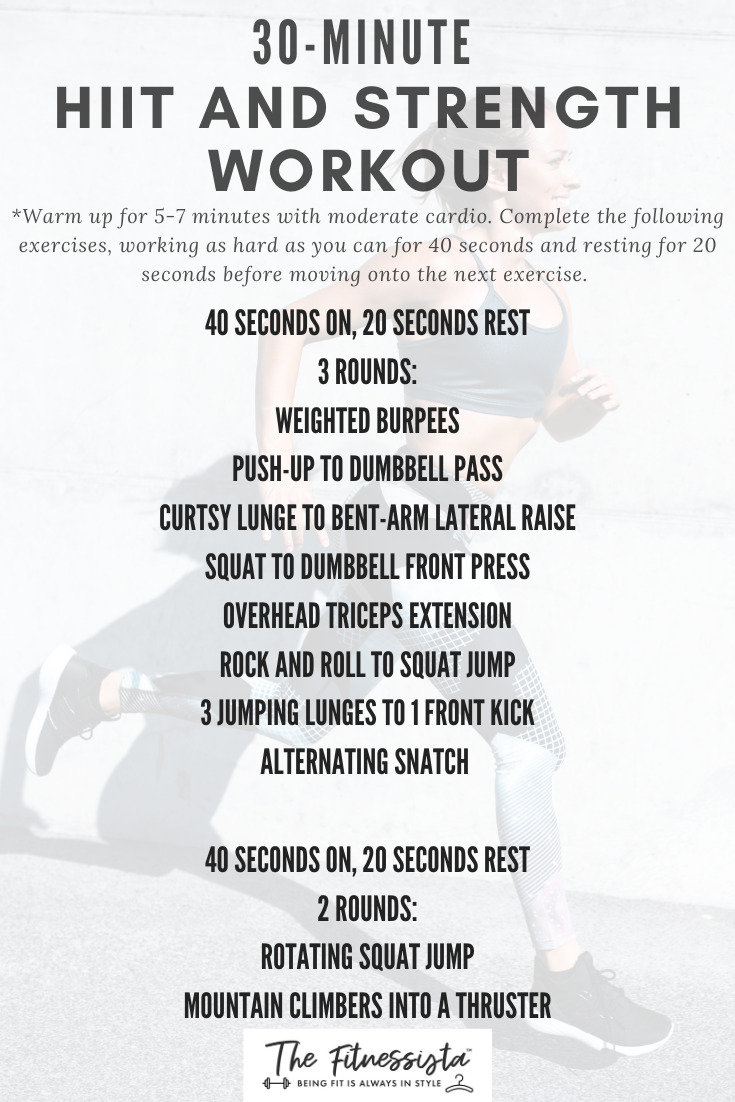
Credit: fitnessista.com
Success Stories And Testimonials
Many beginners have seen amazing results. They started with simple exercises and grew stronger. Athletes also use interval strength training. They say it improves their performance. Both groups feel more confident and healthy.
One person lost 20 pounds in just three months. Another gained muscle and felt more energetic. A busy mom found time to exercise and felt happier. Each story shows how interval strength training can change lives. People feel proud of their hard work and see real results.
Integrating Interval Strength Training Into Your Lifestyle
Interval strength training combines short bursts of intense exercise with periods of rest, enhancing cardiovascular and muscular endurance. This method boosts metabolism, builds strength, and improves overall fitness efficiently.
Making The Commitment
Interval strength training needs dedication. Start with small steps. Set specific goals. Find a workout buddy for motivation. Try to schedule workouts at the same time each day. Consistency is key. Track your progress to stay motivated. Celebrate small victories. Keep your workout gear ready. Avoid distractions during workouts. Stay focused and committed.
Long-term Benefits And Maintenance
Interval strength training boosts metabolism. It helps in building muscle and burning fat. Regular exercise improves overall health. It can reduce the risk of chronic diseases. Exercise can enhance your mood and energy levels. Maintenance is crucial for long-term benefits. Stick to a routine. Vary your exercises to avoid boredom. Listen to your body to prevent injuries. Rest is important for recovery. Consistent effort leads to lasting results.
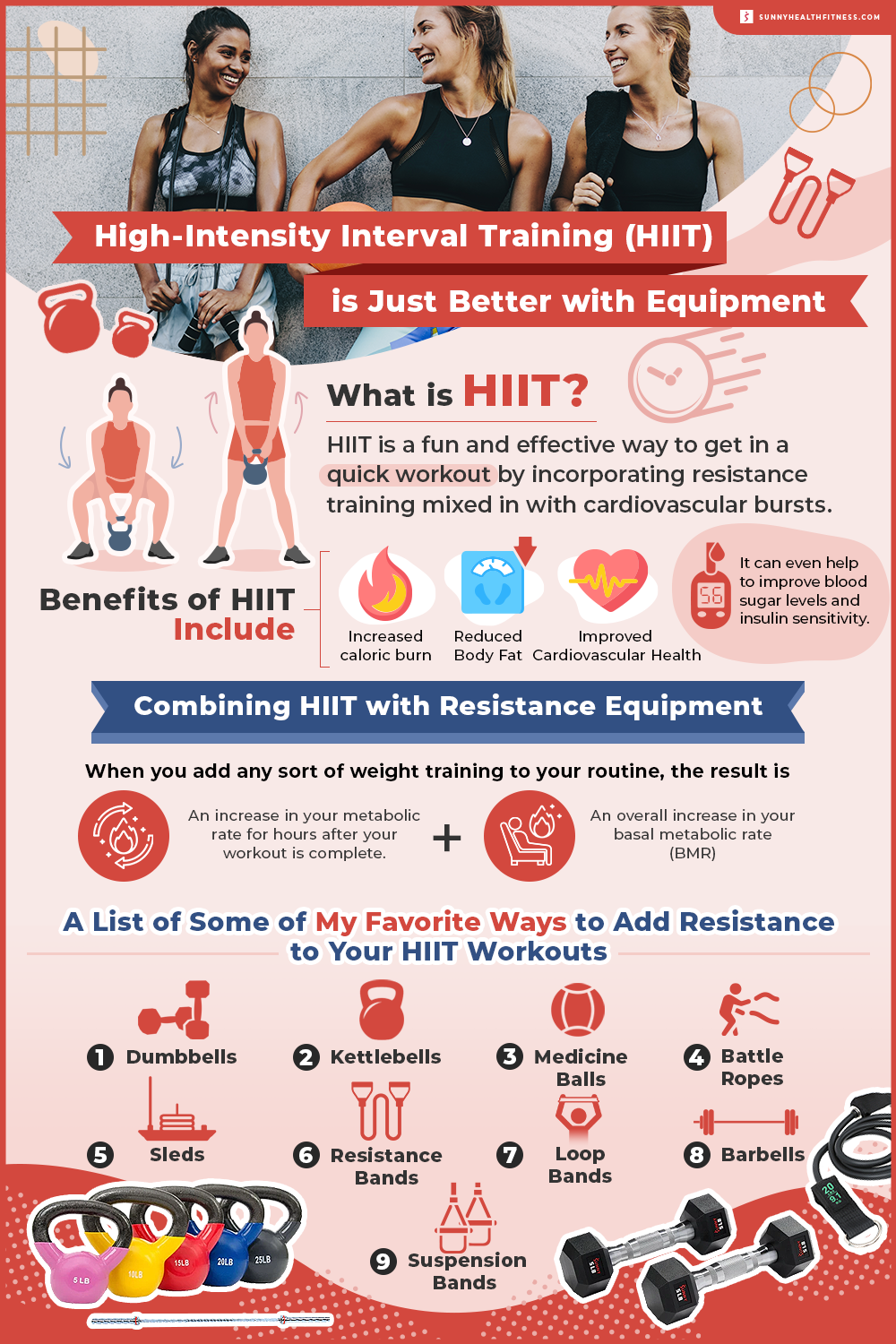
Credit: sunnyhealthfitness.com
Frequently Asked Questions
What Is Strength Interval Training?
Strength interval training combines strength exercises with short, intense bursts of cardio. It boosts endurance and builds muscle. This method alternates between weightlifting and high-intensity cardio, maximizing calorie burn and improving overall fitness. Ideal for efficient workouts.
What Is Interval Training And Examples?
Interval training alternates periods of high-intensity exercise with low-intensity recovery. Examples include sprinting followed by walking, and circuit training.
What Is The Best Interval For Strength Training?
The best interval for strength training is 48 hours between sessions. This allows muscles to recover and grow effectively.
What Is The Difference Between Resistance Training And Interval Training?
Resistance training focuses on building muscle strength using weights or resistance bands. Interval training alternates between high-intensity and low-intensity exercise periods.
What Is Interval Strength Training?
Interval strength training alternates between high-intensity exercises and short rest periods. It boosts strength and cardiovascular fitness.
How Does It Benefit Your Body?
It improves muscle strength, endurance, and cardiovascular health. It also burns more calories in less time.
Is It Suitable For Beginners?
Yes, beginners can start with lower intensity and gradually increase. Always consult a fitness professional for guidance.
How Often Should You Do It?
Perform interval strength training 2-3 times a week. Ensure adequate rest between sessions for muscle recovery.
Can It Help With Weight Loss?
Yes, it can aid weight loss by increasing calorie burn. It also boosts metabolism even after the workout.
What Exercises Are Included?
Common exercises include squats, push-ups, burpees, and lunges. These can be modified based on fitness levels.
Conclusion
Interval strength training offers a dynamic approach to fitness. It combines high-intensity exercises with rest periods. This method boosts cardiovascular health, builds muscle, and burns calories efficiently. Incorporating interval strength training into your routine can lead to significant improvements in overall fitness.
Start today to experience its powerful benefits.

